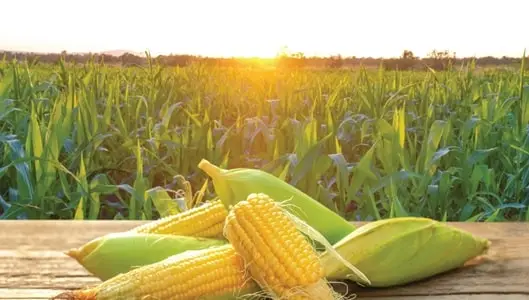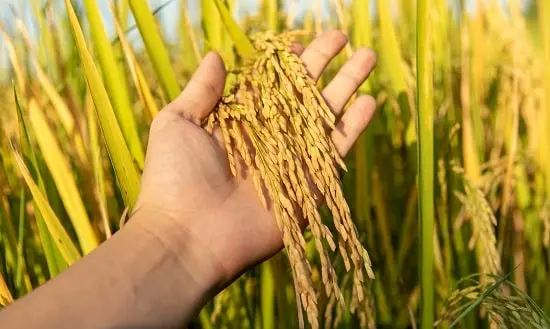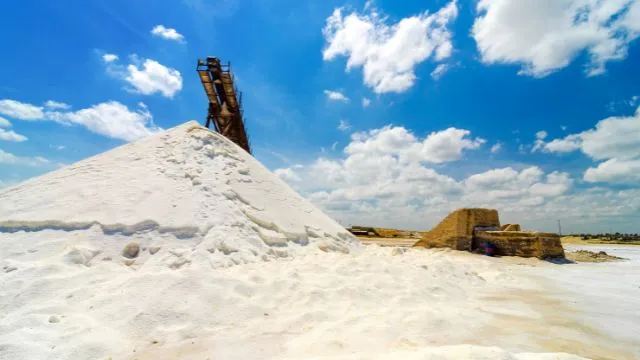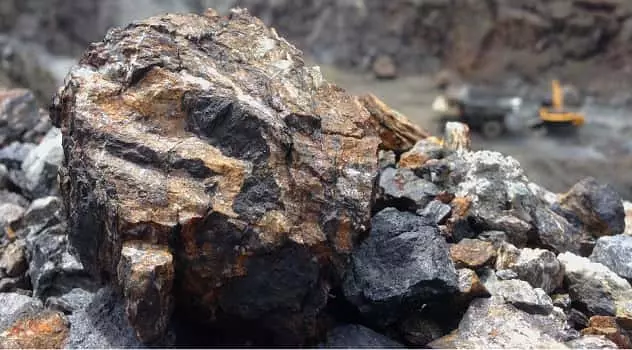India is a country with various agricultural practices and is the leading producer of many crops, and this is not an exception to maize. With maize being versatile in its uses and does have a potential demand in a number of industries, maize production plays a critical role in Indian agriculture. In 2024, some of the states outshined their peers through the production of maize to be counted as one of the leading contributors towards the country’s maize farming. Find out the top five maize producing states in India and reasons contributing these states’ success in agriculture.
Highest Maize Producing Indian States
1. Karnataka:
The agriculturally diverse southern Indian state of Karnataka produces the most maize. The state leads maize growth due to its ideal agro-climatic conditions and commitment to innovative approaches. The maize production hubs of Gulbarga, Hassan, and Mandya make Karnataka a maize powerhouse. Proactive research and modernization demonstrate the state’s agricultural commitment. Karnataka farmers pioneered irrigation, seed, and technology. These concerted efforts have helped the state produce corn. Karnataka produces 15% of Indian maize. Moderate rainfall and nutrient-rich soil make the state’s agricultural environment ideal for maize.
2. Madhya Pradesh:
Madhya Pradesh, the “Heart of India,” produces plenty of maize. The state’s wide farmland and warm climate make maize cultivation ideal. Madhya Pradesh’s maize hotspots in Dewas, Hoshangabad, and Harda demonstrate its wide distribution. Active policies, government support, and agricultural production initiatives have altered Madhya Pradesh’s agriculture. This partnership has made Madhya Pradesh a top maize producer. Farmers adopt modern farming technologies to enhance maize yields and agricultural performance, showing resilience and adaptability. Madhya Pradesh produces 15% of India’s maize. Many agro-climatic conditions and well-established agricultural infrastructure enable large-scale maize growing in the state.
3. Maharashtra:
Maharashtra’s agro-climatic zones boost India’s maize production. Jalgaon, Ahmednagar, and Beed grow more maize. Progressive agriculture gives Maharashtra’s farmers the resources and support they need to grow maize. Precision farming, water management, and high-quality seeds help Maharashtra produce maize. The state produces a lot of maize in India due to its sustainable agriculture and technology advances. Maharashtra produces a lot of maize due to its lush terrain and nice environment. Maharashtra produces 12% of India’s maize. Creative agricultural strategies and farming technologies have increased maize output in the state. The state’s economy and India’s maize production landscape benefit from Maharashtra’s agricultural innovation in maize farming research and development.
4. Rajasthan:
Rajasthan has defied predictions to become one of India’s top maize producers despite its desert climate. Udaipur, Kota, and Sikar have led the state’s maize crop expansion. Rajasthan’s farmers have shown perseverance and inventiveness by using drip irrigation to save water in its parched environment. Maize output has increased due to the state’s water conservation and resource efficiency initiatives. Rajasthan’s maize success story is a tribute to farmers’ perseverance and flexibility under difficult agricultural circumstances. Rajasthan produces 9% of India’s maize despite its aridity.
5. Uttar Pradesh:
Sitapur, Lakhimpur Kheri, and Shahjahanpur in Uttar Pradesh, India’s most populous state, lead maize farming. Uttar Pradesh’s maize output has increased due to good agro-climatic conditions and abundant agricultural area. Maize production has thrived due to the state’s agricultural expansion, infrastructural improvements, and farmer assistance. The aggressive use of modern agricultural practices and promotion of high-yielding maize varieties have helped Uttar Pradesh become a major maize producer. Uttar Pradesh, India’s most populated state, produces 8% of the nation’s maize. The state’s good soil, well-irrigated plains, and suitable climate make maize farming ideal. An broad network of agricultural extension services helps farmers adopt better agricultural methods in Uttar Pradesh. This collaboration has enhanced maize yields, strengthening Uttar Pradesh’s role in India’s maize output.
Maize FAQ
Q1. What climate is needed to grow maize?
Ans: Temperature-sensitive maize grows better at particular temperatures. With daytime temperatures between 18 and 27 degrees Celsius, maize thrives best. Nighttime maize thrives around 14–15 degrees Celsius. The nighttime temperature must be low for maize growth.
Temperature is key to maize growth. Daytime warmth helps plant growth via metabolism and photosynthesis, while lower nighttime temperatures improve maize crop health and resilience. Balanced temperatures help maize grow.
Q2. What is the time period of maize cultivation?
Ans: Monsoon-time Kharif crops are cultivated from late May to June. Seasonal rains provide agricultural water in this age. Spring crops are carefully sown from late February to early March to take advantage of good weather.
Easy to grow baby corn may be sown year-round. This program runs year-round excluding December and January. These months may hinder baby corn growth. Farmers plant according to this schedule to take advantage of favorable weather for each crop.
The monsoon-synchronized Kharif season offers crop-critical water. However, spring crop sowing maximizes growth during transitional weather. Baby corn may be grown year-round save December and January, providing a continuous cultivation cycle if weather permits.
Q3. What soil does maize grow in?
Ans: Maize can thrive in many soil types, but deep, organic-rich, well-drained soils are best. Maize prefers medium-textured, water-retentive soil. Loam or silt loam surface soils and medium-permeability brown silt clay loam subsurfaces are suitable for maize farming.
Deep, fertile soils are best for plant development, thus nutrients are required. Organic matter enriches soil, helping maize thrive. Waterlogging may damage maize roots, although well-drained soils prevent it.
Adaptable to many agricultural contexts, maize thrives on many soil types. However, medium-textured soil with excellent water-holding capacity works well. Maize grows well on loam or silt loam top soil and brown silt clay loam subsurface with high permeability.
Conclusion:
In turn, the top five maize producing states in India – Karnataka, Madhya Pradesh, Maharashtra, Rajasthan and Uttar Pradesh – stand testimony to the agricultural prowess of the nation. The success of these states in maize cultivation is an interaction resulting from the following factors – favorable agro-climatic conditions, conducive policy environment created by government of late, technology support from research institutions and resilience of farming community. That, as long as these states are able to remain agile and adjust accordingly per the changing dynamics of agriculture, their contribution towards maize production of India will always be important in keeping intact the nation’s food security as well as maintaining the glory of her agricultural civilization.

Santosh Kumar is an editor at unfoldstuffs.com and a professional content writer. With years of experience he is passionate for creating engaging, informative and impactful topics.










